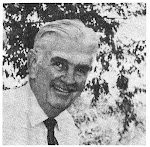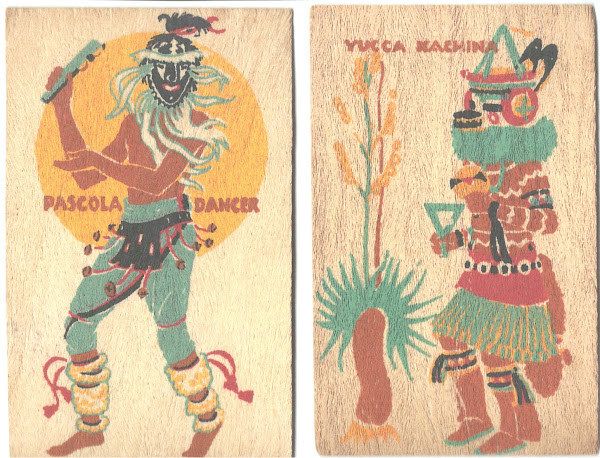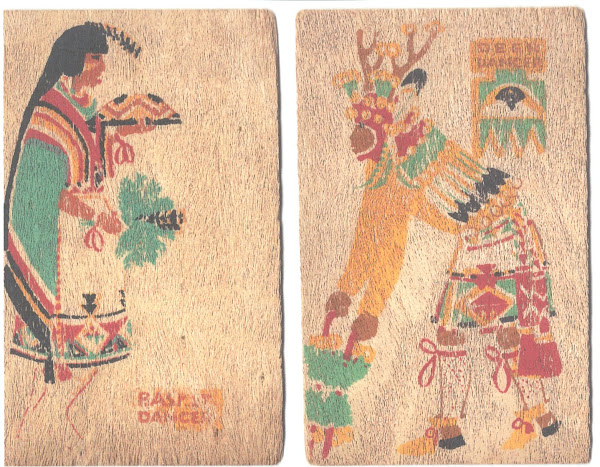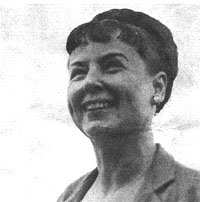Along
with camping and boating, the Hollings became adept at recognizing edible wild
foods and cooking under primitive conditions.
Not to be outdone when Holling was away from camp, Lucille became motivated
to study wild foods, including mushrooms, and create her own recipes. At times, the Hollings did live off the land,
killing animals for food — never for sport.
This is why they also lived for a while with Native Americans to
learn how they interacted with the environment.
In
1922, they lived with the Pueblo Indians of New Mexico and wrote:
“Recently
we ate with a pueblo family. We sat on
the black adobe floor worn almost to a glaze by moccasin-soles. Among us, in the center, a shallow basket of
delightful design cradled a cascade of breads.
Flat round breads of corn meal baked on hot rocks. Tortilla, these were. Then there were the huge puffballish loaves
of a whiteness which had been baked in the Eskimo-igloo affairs out front. And we had goat’s milk in painted mugs. And bowls of chili. And green peppers and thin plates of venison
haunch, squash and beans. And now I ask
you. If you had gone most of a
sun-scorched day over desert with no water – would you elevate your nose at
this menu? Yet some speak of “Poor,
Starving Lo.”
In
similar auto-didactic fashion, Holling learned to paddle a canoe like a Native
American, portage, craft bow and arrows, chip arrowheads, twist fish lines from
the inner bark of basswood saplings, make bone fish hooks, tan leather sew it
with sinew, and make makaks from birch
bark in which to cook and store food.
Lucille learned the art of porcupine quill embroidery and making r4obes
from rabbit skins and turkey feathers. A
good deal of this information can be found in the Hollings’ Book of Indians.








